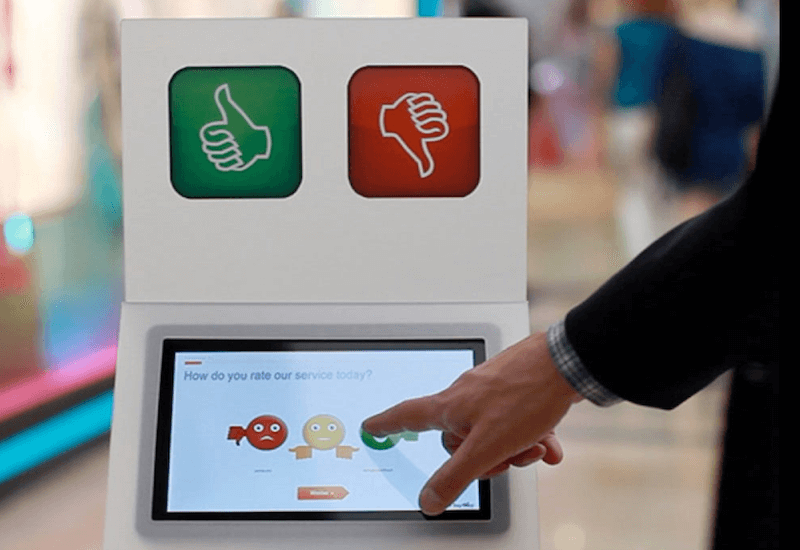
Increasing Employee Engagement Survey Response Rate
The employee engagement survey is a key tool for organisations to diagnose and create action plans to improve productivity and engagement. However, the effectiveness of the survey is diluted if there is poor survey participation from the employees. A lot of organisations struggle with a low response rate whenever they decide to administer an employee engagement survey.
Let’s take a look at some of how you can increase your employee engagement survey response so that you can achieve the best possible results and action plans to motivate your employees.
1. Are you ready to conduct a survey? Deploying a survey without proper strategic communication and follow-up is even worse than not surveying at all. Start by assessing the readiness of your organisation. Along with this, you must have a plan in place and a timeline to implement the engagement survey. Once you have completed this phase, communicate the goals, plan, and the intention of the survey to the organisation’s senior management, managers, as well as employees.
2. Ensure confidentiality. Employees are always quite concerned regarding confidentiality while participating in such surveys. You should ensure complete confidentiality to your employees, so that they can express freely without fearing any kind of repercussions. Fear of repercussions is one of the key reasons why employees back away from taking these employee engagement surveys. You should make confidentiality and anonymity is one of your organisation’s top priorities.
3. Benchmark the survey. To gather statistically reliable results, you need to benchmark your surveys by asking appropriate & relevant questions. When your surveys are not backed by benchmarked data, it is next to impossible to draw reliable conclusions.
4. Avoid a long survey. If you have a survey which takes 15-20 minutes, it will leave your employees bored and disinterested. An ideal survey contains around 50-55 questions covering all the engagement drivers, which take around 7-8 minutes to complete. Even better embrace the ‘Pulse Survey’ which focusses on fewer questions but at regular intervals.
6. Motivate your teams to take the survey. If required, consider giving out incentives to departments or teams which have the highest survey responses rate. If you offer a little competitive spirit, it can spice up your survey and pique the interest of your employees.
7. Share the survey results with your people. Ensure that you communicate the survey results to everyone within a week or two of closing the survey. A lot of organisations sit on the survey results for too long that it makes the employees feel that their time has been wasted. Consider sharing an initial communication email post the survey. Keep it candid, yet generic. Ensure to share follow up e-mails and communications, so that any particular problem areas and action plans are being put into action as a result of the survey. This makes your survey relevant in the eyes of your employees, and they feel valued.
A successful survey begins with employees taking the time to respond candidly. Consider the tips above to ensure a successful survey for your organisation.
